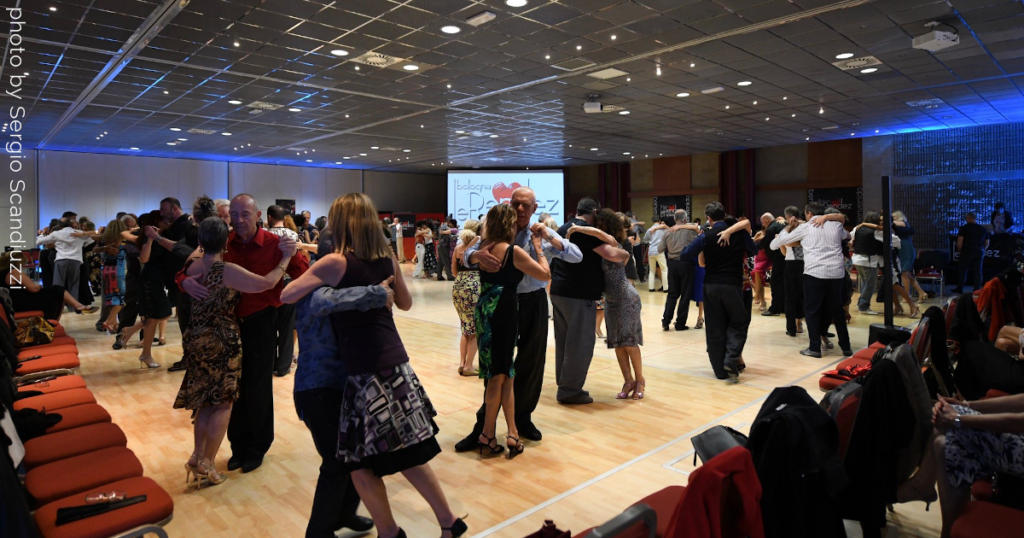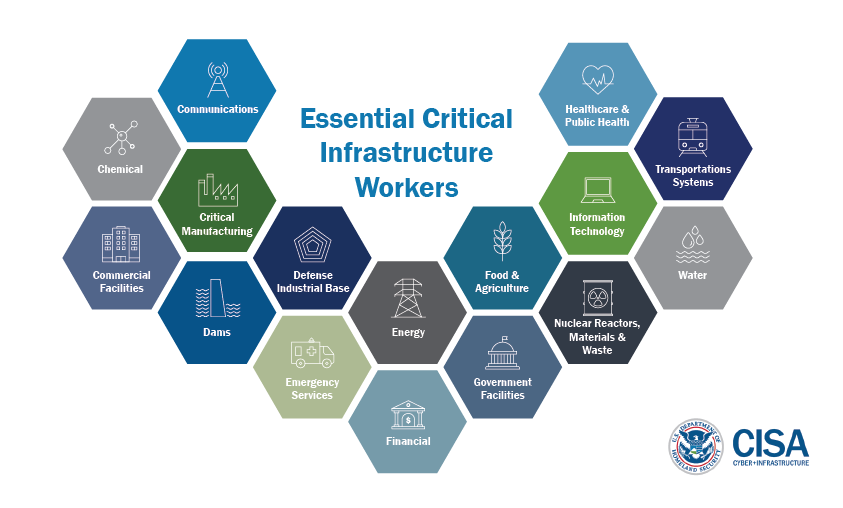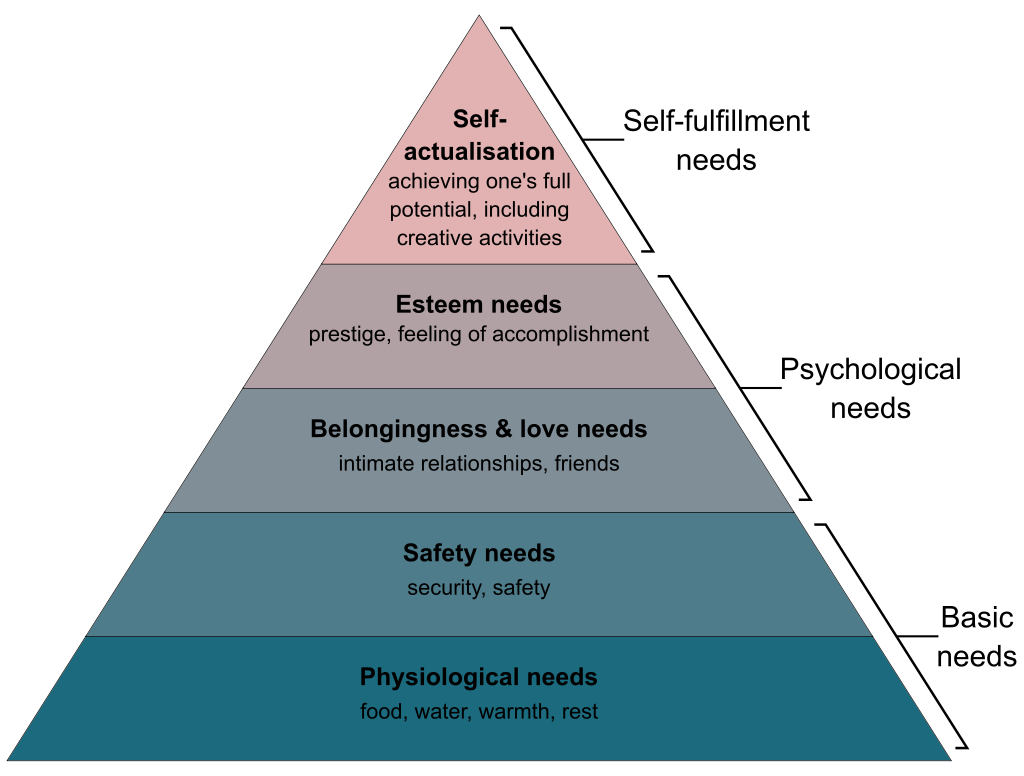
As I read what dancers from around the world are saying in my survey about tango during coronavirus pandemic, this question “is tango an essential activity?” pops up in my mind. Is it essential for the society, and is it essential for your life?
No. Tango is not considered an essential activity. According to authorities in different countries around the world, essential activities include things like healthcare, transportation, communication, food and water, defense, energy etc. Tango schools and venues are not considered critical infrastructure that can assure safe function of society in crisis.
Maybe I’m biased, but there’s a big problem with this answer: tango is not an essential activity for the system, but it’s critical for mental health and personal well being of the individual.
As I see this heated debate getting to extreme hatred, ripping off the fabric of the communities across the world, I feel that I have to say few things. I don’t pretend I know everything – I just need answers as well, so I did little research.
What is considered essential activity?
According to CDC (US Center for Disease Control and Prevention) essential workers are the healthcare providers and those who are “essential to maintain critical infrastructure and continue critical services and functions” (source: CDC)
When providing the list CDC uses THIS LIST of critical industries:

Yes, the institutions defined what are the bare essentials they need for the system to work, but (as usual) they neglected what an individual member of the society needs.
What people need?
The simplest answer of what people need was given by Abraham Maslow in his famous pyramid of human needs.

As you can see, the basic needs are less than a half of what human being needs. One might survive on the basic needs only, for a short period of time. Let’s say in times of crisis or a disaster, everyone focuses on the basic needs food, water, warmth, safety… but if one must live on that for a prolonged period of times, everything crumbles down.
If you think, except the basic needs, tango hits all the tree higher level activities: it gives feeling of love and belonging, it gives one feeling of accomplishment, and it gives one feeling of achieving his/her potential and creativity.
There’s one thing that tango offers that is specially important: the feeling of connection. Even more, it gives people intimate physical contact.
“But physical contact is not that important”, you might say. If you think so, please check out this video:
(CAUTION: Some of the scenes in the video can be emotionally disturbing for some people)
Maybe we are not infants and we don’t need a mother or father (are we?), but studies over and over showed that it holds for adults as well.
We lived in touch phobic society before the pandemic and now that fear of touch is ten times greater.
“Whenever I’m overwhelmed or feeling down, I tend to crave touch. A hug, a hand to hold; a connection that can manifest into something that’s tangible. And even on stress-free days, I may seek out the healing components that touch has to offer. Is the act of human touch an innate need, ingrained within? Not necessarily (in my opinion), but on a superficial level, it very well could be. Research demonstrates that touch contains several health benefits for our physiological and psychological well being.”
(source: https://psychcentral.com/blog/the-surprising-psychological-value-of-human-touch#1)
What can tango offer you that other activities cannot?
Despite the fact that many try to depict tango as just an entertainment, the fact is that tango started as an answer to this deep human need… and it resurrected in late 1980’s as an answer to evermore alienated society.
Osvaldo Natucci started dancing in Buenos Aires when he was only 14, during the Golden Age. In part of this interview, he gives his view why tango embrace is like we all know it: intimate and close.
Skip this interview and pay attention what he says at the end of the video (somewhere after minute 29:00):
“Because tango was essentially made by people who didn’t return to their home land and they compensate for the pain of the loss with the embrace…”
Osvaldo Natucci.
Yes, in this world we all need an embrace and human contact to get strength to face the pain and overcome obstacles.
Tango can help anyone, but I noticed that it’s specially helpful for the older people since it offers them moderate amount of movement, socializing and purpose – something which are great remedies for depression.
Hey, sorry to interrupt…
Do you like reading my articles? If you do please consider a small contribution to the existence of this blog.
I don’t sell a book or run ads: I share these articles for free. Unfortunately I also have to pay my bills, so if you see value in my work please consider a small donation/gratuity (the same way you tip your favorite bartender).
From my heart to yours!
Ivica
Securely processed via PayPal
What are the consequences of not dancing?
Can you just stop tango after you danced at least 8 hours a week for years? Well, if you’re a person who considers tango “just a dance” that is no big of a deal.
If you consider tango a cardio exercise, go climb a mountain or do some yoga sh*t and you’re all good. You’ll get the same amount of movement for the day, but there will be something missing.
Tango is much more than just doing ochos or crazy ass giros. It’s not a sport!
Not everyone who does tango moves is a tango dancer: tango is a way of life. It’s the emotion, the community, being part of the tribe, the culture and also, being part of something that lives all around the world.
Go and check the Maslow’s pyramid at the beginning of this article: you can’t ignore your needs for extended period of time without paying for it in some way. I have this feeling that societies are not taking all the needs of a person seriously.
Let’s take your mental health for example: you will work from 9 to 5 and society will take care of you in return. You will have house and car, but that will not fill up the big empty void in your soul. There’s rampant depression pandemic worldwide, people feel alienated and the lack of purpose is destroying so many. The lack of meaning and connection, the competitive environment… people feel a need to belong to a tribe or religion… And, know what? Tango is that religion for us.
Why I say this? Because people with community and meaningful connections live longer. Few years ago while reading the book “Outliers” by Malcolm Gladwell (I think) I stumbled upon the story of a small community of Italian descendants in US who lived the same lifestyle as their neighboring cities, but they lived longer and had no hearth diseases. They smoked, drank, slept the same hours, had the same sport hours. Even racial making of the town was similar – what was different was the family ties.
“…they had traditional and cohesive family and community relationships. It turns out that Roseto was peopled by strongly knit Italian American families who did everything right and lived right and consequently lived longer.
source: Huffpost (https://www.huffpost.com/entry/the-mystery-of-the-roseta_b_73260)
(…)
…forget the Mediterranean diets of olive oil, light salads and fat-free foods. No, Rosetans fried their sausages and meatballs in…..lard. They ate salami, hard and soft cheeses all brimming with cholesterol.”
Stopping your tango activities is like moving from Roseto (Pennsylvania, US) to New York – the city that never sleeps (but you feel alone all the time).
So, what can you do?
As I can see there are three things you can do:
1. You can give up tango and find other activity that will meet some of these needs
I don’t think that there is another activity that meets the need of deep and meaningful connection as tango does. Of course, if you feel lonely, you can try to find a soulmate – but it’s not that easy. Tango offers instant connection without need to stay attached to someone or put up with their sh*t.
2. You can organize “safe” online activities with your tango friends
Things like online group chats or classes are great ways to stay in touch… and people are organizing online classes and milongas. On the other hand, I have to say it’s a false hope. One might feel connected, but there is no substitution to the real human touch, there is no substitution for the direct live communication. Why? Just watch this video and let Sinek explain:
“There was a time when a desktop meant something horizontal, today it means something vertical. And a folder, a picture, were the things we used to use. Now, that’s a fun example, but technology has co-opted some very human things as well. A friend is not somebody you check their status, your network doesn’t happen on LinkedIn, a dialog doesn’t happen on Twitter and a conversation doesn’t happen on a blog; those are human experiences and they require human beings to be in a room. Even bloggers… I love how they talk about internet being the be-all and end-all of the world and yet every year, they come together, 20.000 of them, descend on Las Vegas, to have a conference. Why couldn’t they do it online? It’s because you have to have the human union.”
Simon Sinek
Yes, hope of the online connection is the same as the Harlow’s experiment and the pit of despair – it’s like expecting the wire person to substitute the real human touch.
3. Create a support bubble
Other fellow dancers feel the same need to embrace again. You can partner with someone and dance from time to time. Consider that as your “tango family” – people whom you trust that they will do their best to stay protected and protect you and if they have any symptoms, they will tell you.
You can also do this with a small group of friends whom you trust. Take care when you do this to take all necessary measures – for example dancing outdoors or having fresh air at all times gets the virus load significantly lower and limits the possibility of infection even if you are exposed to it.
Masks can help, but, sincerely, I personally don’t consider dancing with a mask on pleasurable. I had a friend who was infected few months ago and now I feel much safer to dance with her – because there’s a lower chance for her to get infected and also to infect me.
Conclusion
The fact that authorities in your country do not consider tango as an essential activity doesn’t mean that it’s not essential to you as a human being. Don’t think that you can get away with prolonged periods of staying away from your community and without meaningful human touch, without consequences for your happiness and emotional well being.
Of course, please, don’t take my words as an excuse to get people and your community in danger, but when considering your future actions, have the importance of tango in mind.
If you were active tango dancer for years tango is an essential part of your life!

Amazing article Ivica!
Nothing compares to real embrace and joined movements in the beat…heartbeat!